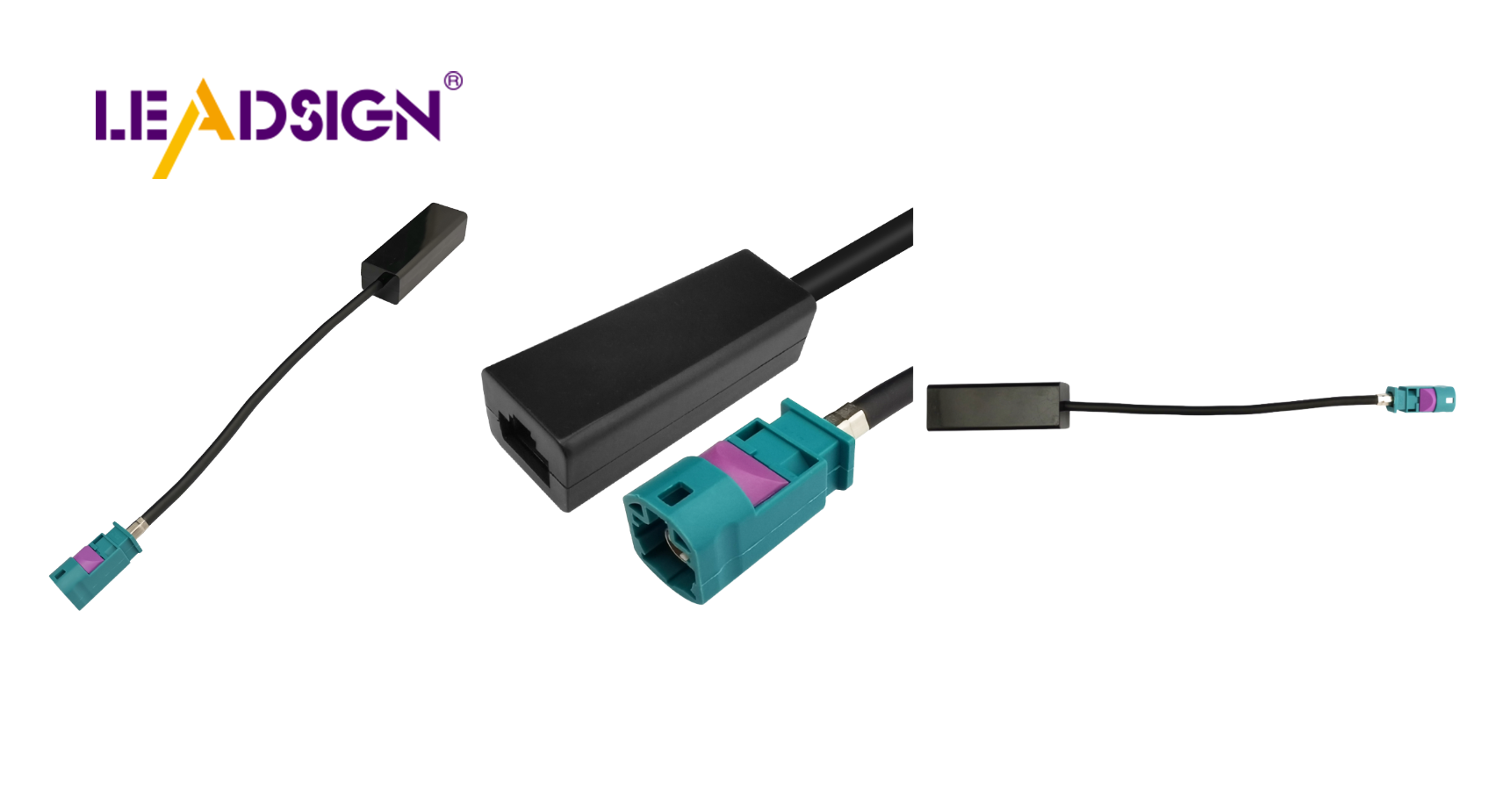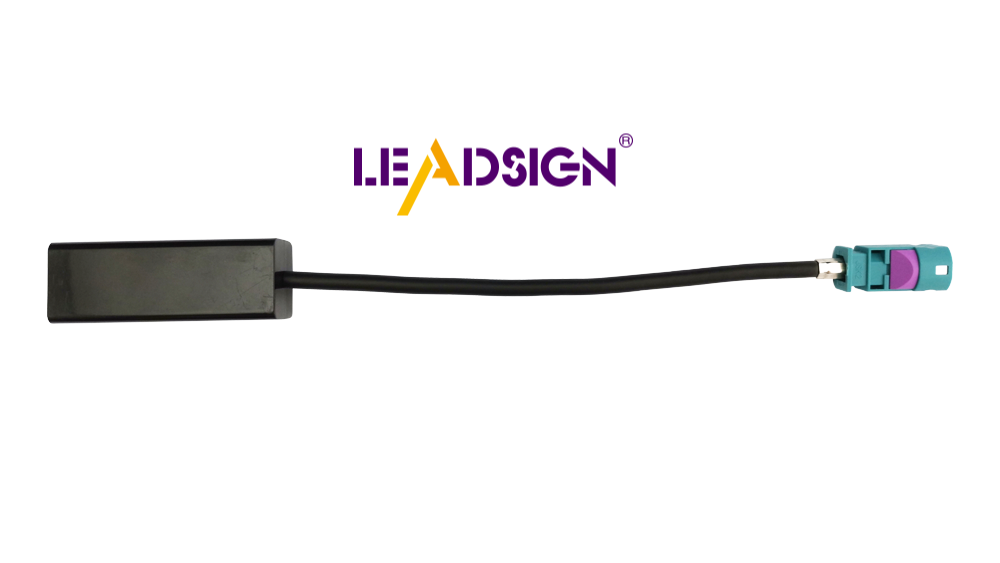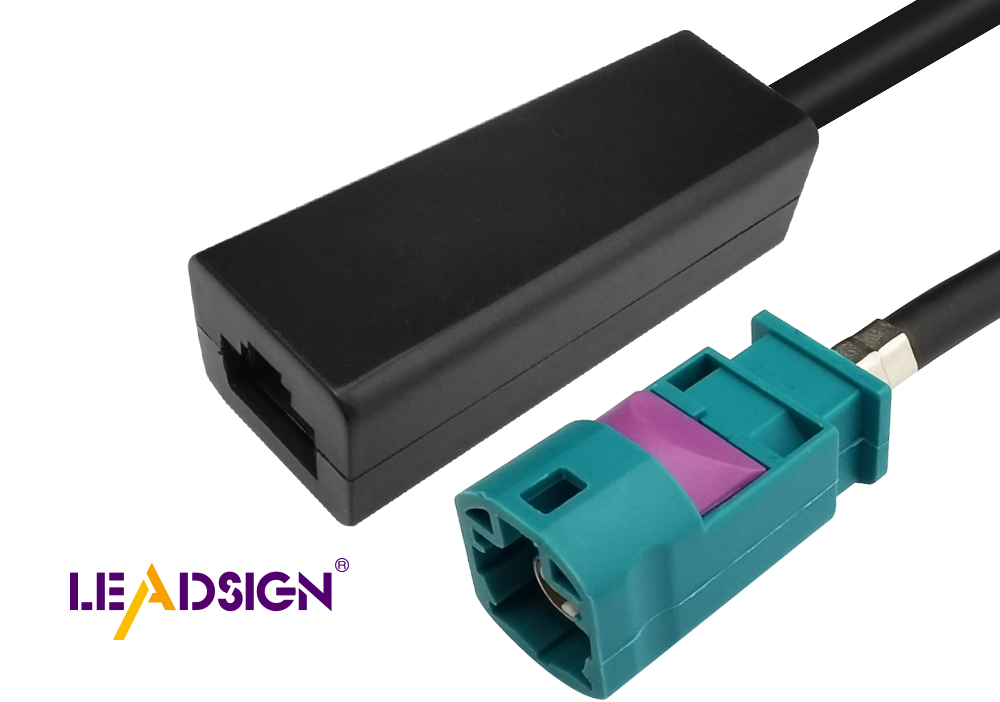Coax Cable for Sale vs Ethernet: Understanding Your Options

Choosing between coaxial and Ethernet cables is important. Coaxial cables are strong. They support fast internet well. They work great for big networks and buildings. They last long and are easy to set up. Ethernet cables, like Cat5e and Cat6, are good for IP cameras. They send data quickly. You might hear "rj45 coaxial cable." This shows how flexible these cables are. Picking the right cable helps your internet work best.
Understanding Coaxial Cables

What Are Coaxial Cables?
Coax cables help send data, video, and voice. You see them in TV and internet setups. They have been used since the 1900s. This shows they work well and last long.
Structure and Design
Coax cables are special. Inside, there's a copper wire. It's covered by insulation, then a metal shield, and plastic outside. This keeps signals strong over long distances. The shield stops outside noise from messing up signals.
Common Uses
Coax cables are used in many ways. They connect TVs, CCTV cameras, and satellite dishes. They carry high signals without losing much quality. They're also used for computer networks and radio signals.
Advantages of Coaxial Cables
Coax cables have many good points.
Durability and Shielding
They are tough and last long. They can handle bad weather inside or outside. The shield keeps the cable safe from damage and blocks interference.
Cost-Effectiveness
Coax cables save money over time. They might cost more at first but last longer than others, saving money later on.
Disadvantages of Coaxial Cables
But coax cables aren't perfect.
Limited Bandwidth
They can't carry super-fast internet speeds above 10 Mbps easily. This is a problem if you need fast internet.
Installation Challenges
Setting them up can be tricky. If not done right, signals might get weak or lost.
Exploring Ethernet Cables
What Are Ethernet Cables?
Ethernet cables link devices in networks. They send data fast and reliably. You see them at home, work, and data centers. They have types like Cat5e and Cat6, each with different speeds.
Structure and Design
Ethernet cables have twisted wire pairs inside. This stops interference and keeps signals clear. The outer cover protects wires, making them last long. You can pick different lengths and styles, like shielded or not, based on what you need.
Common Uses
You use Ethernet cables for many things. They connect computers, routers, and switches in networks. They support Power Over Ethernet (PoE), powering IP cameras and phones without extra cords. This makes them useful at home or work.
Advantages of Ethernet Cables
Ethernet cables have many good points for networking.
High-Speed Data Transfer
Ethernet cables send data quickly. Cat5e handles up to 1 Gbps speeds; Cat6 goes up to 10 Gbps over short distances. This helps with smooth video streaming, gaming, and big tasks.
Versatility in Networking
Ethernet cables are flexible. They fit small homes to big businesses well. Their PoE support adds flexibility for many devices.
Disadvantages of Ethernet Cables
But there are some downsides to Ethernet cables.
Distance Limitations
Ethernet works best over short spaces, usually under 100 meters. Beyond that, signal weakens unless you add gear like switches or repeaters.
Cost Considerations
Though often cheap, costs rise with big setups. Better cables like Cat6 cost more too. Balance price with needs when picking the right cable.
Coaxial vs Ethernet: Key Differences

When picking coaxial or Ethernet cables, knowing their differences helps. Each cable has its own good and bad points.
Performance Comparison
Speed and Bandwidth
Ethernet cables are fast. They move data from 100 Mbps to 10 Gbps. This is great for fast internet and big tasks. Coaxial cables range from 10 Mbps to over 100 Mbps. They support high bandwidths but less than Ethernet. For quick and steady internet, choose Ethernet cables.
Signal Quality
Coaxial cables keep signals strong over long distances. They stop interference well, making them good for noisy places. Ethernet cables are fast but need extra tools like switches for long distances.
Cost Analysis
Initial Investment
Ethernet costs less at first than coaxial. The difference is bigger with better cables like Cat6. Coaxial needs more money upfront because they last longer.
Long-Term Costs
Over time, coaxial saves money. They're tough so you replace them less often. They handle bad weather, cutting repair costs. Ethernet might cost more later if you upgrade your network.
Application Scenarios
Home Networking
For homes, Ethernet is flexible. It connects computers and routers well for streaming and gaming. Coaxial works best for TVs and satellite dishes with strong signals.
Commercial Use
In businesses, both types work well in different ways. Ethernet is good for fast data moves and network changes with PoE support for cameras and phones. Coaxial is great in big buildings where it handles interference over long spaces.
Choosing between these depends on what you need most: speed, signal strength, or cost savings.
Picking the Best Cable for You
Choosing the right cable for your internet needs is important. Think about how fast your internet should be, where you'll install it, and how much you want to spend. This helps you pick a cable that works now and later.
Checking Internet Speed Needs
Simple Browsing vs. Watching Videos
If you're just checking emails or reading news, you don't need super-fast cables. Coaxial cables work fine for this. But if you watch videos or listen to music online, you'll need faster cables. Ethernet cables like Cat5e or Cat6 are good for smooth streaming.
Gaming and Fast Activities
For gaming or other fast activities, you need quick data transfer. Ethernet cables are great here. They can go up to 10 Gbps, so there's less lag when playing games. If you hear "rj45 coaxial cable," it means these cables can do many things like gaming.
Thinking About Where to Install
Inside vs. Outside Use
Where you put your cables matters a lot. For inside use, both coaxial and Ethernet work well. But outside needs special jackets on cables to handle weather changes. Coaxial with outdoor jackets last long outside.
Distance and How Far It Reaches
How far apart devices are affects your choice too. Ethernet is best for short spaces under 100 meters; beyond that, signals weaken unless using extra tools like switches. Coaxial keeps signals strong over longer distances.
Money and Planning Ahead
Cost vs. How Well It Works
Money is key in picking a cable. Ethernet costs less at first, especially for small setups but coaxial costs more upfront but saves money later because they last long.
Getting Ready for Future Tech Changes
Planning ahead means picking cables ready for future tech changes. Ethernet's high speed helps with future upgrades in internet speed and connectivity options like "rj45 coaxial" show how flexible these are as tech changes.
By looking at these points, you choose the best cable for what you need most: speed, lasting power, or saving money.
Choosing between coaxial and Ethernet cables depends on what you need. Coaxial cables are strong and work well over long distances. They are great for TVs and big buildings. Ethernet cables send data fast, which is good for gaming and quick internet tasks.
"Network speeds are getting faster. High-speed gear costs less now."
This means buying Cat6 cables can prepare your setup for 5 Gbps Internet service. Think about where you'll use them and how much money you have. For homes, Ethernet usually works best. In businesses, both types of cables are important. Check what you need to make your network work well.
See Also
Why FAKRA Coaxial Cables Are Crucial for Vehicles
Harnessing the Strength of FAKRA Coaxial Cables
Exploring the Flexibility and Advantages of FAKRA Connectors

